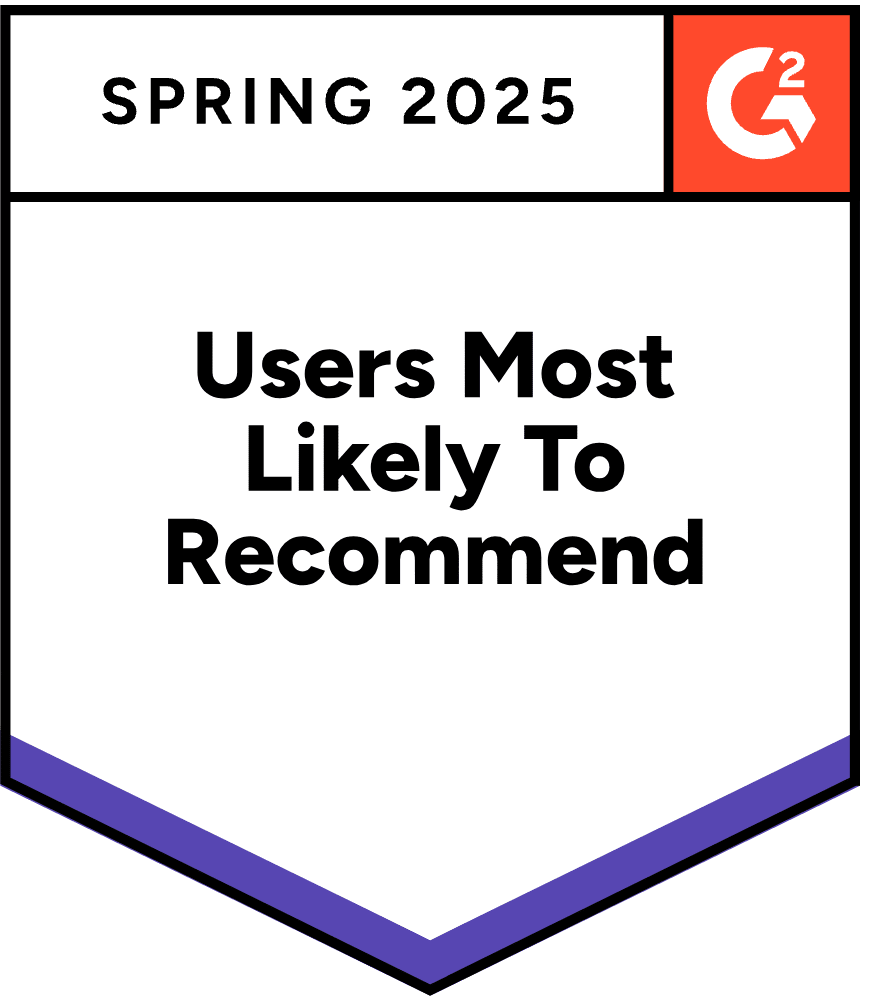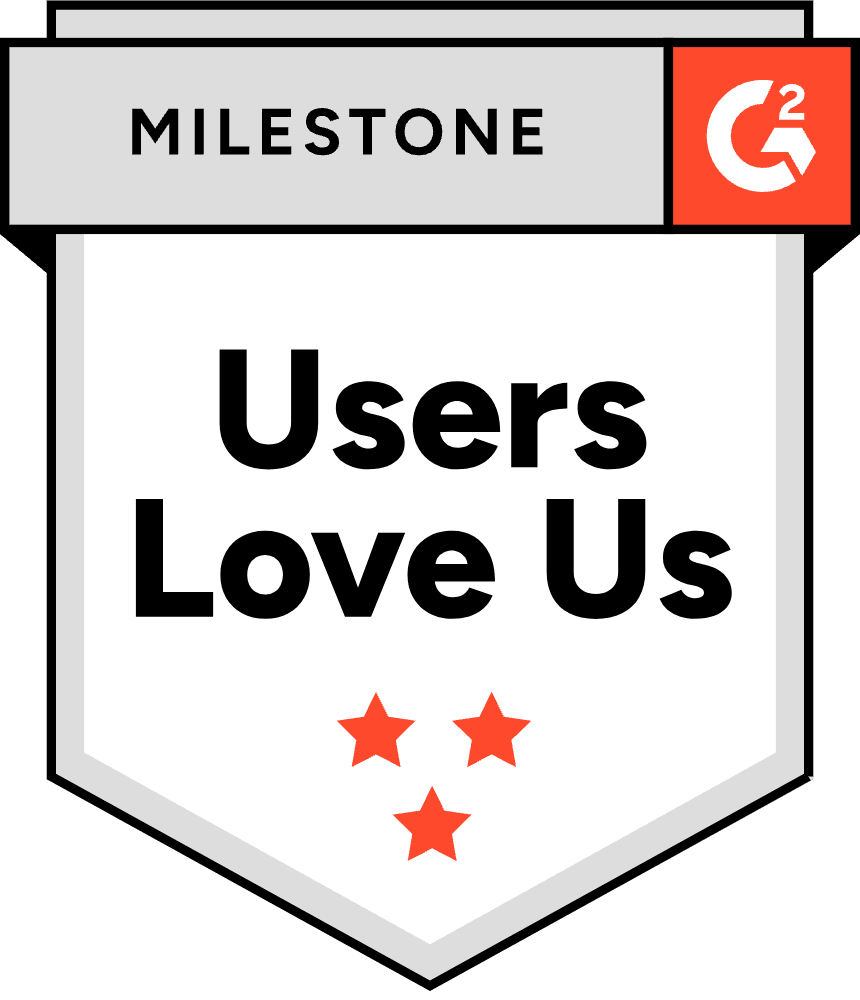By analysing past causes of churn, Plezi identified five key factors. The subsequent action plan reduced the churn rate by half. Gabrièle de Lamaze, Head of Customer Success and Partnerships, discusses the methodology used to achieve these results.
Before we get started, could you introduce us to Plezi and describe your role within the start-up?
Plezi is a SaaS platform designed to simplify content strategy management and marketing automation. In practical terms, our customers use Plezi to attract more and higher-quality traffic, generate high-quality leads, and nurture these leads before passing them on to the sales team for closing.
I joined Plezi when the first sales were signed to implement the Customer Success strategy. In the early days, I focused heavily on troubleshooting and organizing the team to keep up with the sales growth.
Today, our team has grown to nine members, divided into three divisions: onboarding, customer success, and support. I continually anticipate changes within the company to ensure a positive and enjoyable work environment for everyone.
When we were preparing for this interview, you mentioned conducting a study to identify the reasons for your churn. Could you explain the methodology you used for this study?
Whenever a customer unsubscribed, from the very beginning, I made it a point to call them to understand the reasons behind their decision. As a result, I compiled a 30-page document filled with customer feedback that had never been used.
I also sent out an anonymized Typeform survey asking customers about their strategy, team, and budget. I was pleasantly surprised to receive a response rate of over 50%.
We then consolidated all this information into a comprehensive Excel file that included:
- Simple data from Plezi (feature usage, etc.)
- Contractual information (plan, etc.)
- Information about their company (from the Typeform survey)
- Feedback from the extensive post-mortem document
What are the main causes of churn that you identified?
Our post-mortem analysis revealed five main causes of churn:
- ROI: Customers weren't getting enough value from the tool to justify the cost.
- Internal Change: Key personnel (champions) left, or the company was acquired.
- Product Issues: The product was either irritating to use or lacked functional depth.
- Bad Fit: The customer was not within our target market and should not have been signed up.
- Financial: Although we were cautious not to use ROI as a cover, we verified on societe.com that some companies had indeed gone bankrupt.
We experimented and analyzed various data points and customer information to find patterns. Ultimately, these interviews provided the most valuable insights into the reasons for customer departures, leading to significant decisions.
Can you tell us about the decisions you made afterwards?
First of all, we decided to stop signing up customers who were a bad fit.
"The best way to have loyal customers is to ensure they don't have to twist the tool to fit their needs."
Next, we addressed customer departures. The main challenge was identifying the future champion and/or decision-maker. Our goal is to ensure a smooth handover and proper introduction to our new contact. We then present the predecessor's results and the benefits of continuing with us. A new champion has a lot to learn when they start, so we make it easier for them by spending more time helping them get to grips with the tool quickly.
In cases of company acquisition, we relaunch the sales process with the new sales team.
On the product side, we identified the functions that customers found irritating and the necessary corrections. We then prioritized these issues to incorporate them into our roadmap, focusing on the most requested, the easiest to implement, and those with the greatest impact.
Paradoxically, addressing this issue is one of the most complicated for two reasons:
- Many departures for this reason indicate a technical debt, which is beyond the control of the CSMs.
- When a customer identifies an annoyance, they typically name the specific functionality and the general problem without being exhaustive. Therefore, we have to replicate the issue and put ourselves in their shoes to understand the underlying need.
Identifying a lack of value is the most challenging part. To address this, we have implemented Quarterly Business Reviews (QBRs) that revisit the initial objectives and challenge the customer.
Specifically regarding QBRs: How have you adjusted them to identify potential churn risks?
We began by establishing clear objectives during the kick-off meeting and inviting the decision-maker to the final onboarding meeting. There are three compelling reasons for insisting on the decision-maker's presence:
- It acknowledges the team's hard work and achievements in a short period.
- The decision-maker often lacks a detailed understanding of the tool's applications.
- The champion tends to focus more on objectives and action plans when their superior is present.
Once these objectives are set, our QBRs revisit them each quarter, presenting action plans from which the CSMs select those that best meet their customer's needs. The decision-maker is again invited to the mid-term meeting.
"An account that is far from its objectives, does not take action, and fails to achieve results is a potential churner."
When you identify a risk, what protocols do you follow? Have you established standardised action plans for each type of alert, or is this addressed on a case-by-case basis?
We aim to maintain a detailed roadmap to minimize the need for extensive questioning from our teams in every scenario.
If the risk pertains to product issues, we promptly notify our support team, who then heighten their vigilance and prioritize telephone or video exchanges.
In cases where there's a perceived lack of value, we propose more frequent interactions with the customer, collaboratively defining objectives that, once achieved, ensure renewal.
Did this process assist your team in pinpointing areas where you needed to reinforce your efforts?
Certainly! Within our team, we observe two distinct trends: we have marketing experts who adeptly identify business pain points and provide personalized responses, and we also have customer relations experts who excel in negotiation.
To address this, we have opted to implement training programs to ensure that all team members are proficient in both areas, fostering a more comprehensive skill set across the board.
Have you begun to observe the outcomes of these adjustments?
Last year, we witnessed a 50% reduction in our churn rate, and it's evident that we're no longer onboarding "bad fit" customers or those prone to bankruptcy.
Moving forward, we're focusing on developing more personalized pathways tailored to the maturity level of our customers. This approach appears to be a promising strategy for addressing inquiries regarding return on investment (ROI).








